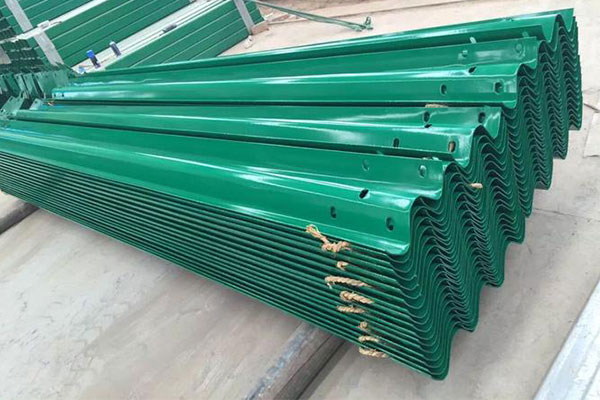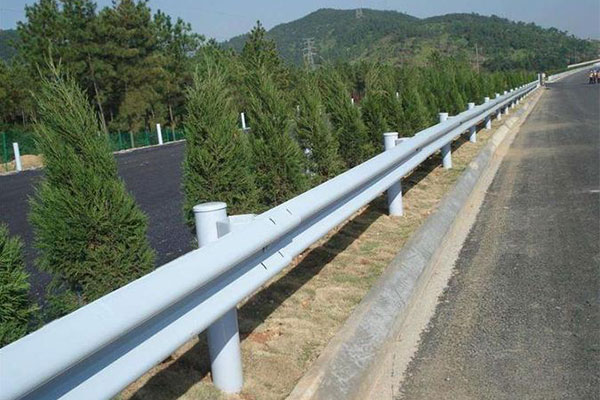What is a W-Beam Guardrail?
When it comes to ensuring the safety of drivers and passengers on our roads, a crucial but often overlooked element is the W-beam guardrail. You’ve probably seen these barriers along highways and roads, but have you ever wondered what they are and why they are so important? In this article, we will delve into the world of W-beam guardrails, explaining what they are, how they work, and why they play a vital role in road safety.

What is a W-Beam Guardrail?
A W-beam guardrail is a type of traffic barrier commonly used on roads and highways to prevent vehicles from running off the road or colliding with dangerous obstacles like trees, utility poles, or steep embankments. The name “W-beam” is derived from the shape of the guardrail when viewed from above, as it resembles the letter “W.” The guardrail consists of a series of horizontal rails (typically made of galvanized steel) attached to posts or supports at regular intervals. This design helps absorb and redirect the energy of a colliding vehicle, thereby minimizing the impact forces and reducing the severity of accidents.
How Does a W-Beam Guardrail Work?
The primary function of a W-beam guardrail is to create a barrier that can redirect a vehicle safely back onto the roadway in the event of an accident or collision. Here’s how it works:
- Energy Absorption: When a vehicle impacts the guardrail, the W-beam flexes and absorbs some of the crash energy. This deformation slows down the vehicle and reduces the forces involved in the collision, thus protecting the occupants.
- Vehicle Re-direction: As the vehicle continues its path along the guardrail, the rail guides it away from the obstacle it might otherwise have hit, such as a tree or a steep embankment.
- Controlled Deceleration: The gradual deceleration provided by the guardrail allows the driver to regain control and potentially prevent a more severe accident.

Why are W-Beam Guardrails Important for Road Safety?
- Injury Prevention: W-beam guardrails are instrumental in preventing severe injuries and fatalities in road accidents. By absorbing and dissipating the energy of a collision, they reduce the impact forces on the occupants of the vehicle.
- Infrastructure Protection: Guardrails also protect vital road infrastructure, such as utility poles and signage, from being damaged by out-of-control vehicles.
- Roadway Maintenance: Accidents that result in vehicles leaving the roadway can lead to significant damage. Guardrails help keep vehicles on the road, reducing the need for costly repairs.
- Improved Traffic Flow: Guardrails help to maintain smooth traffic flow by preventing vehicles from blocking lanes or causing traffic congestion after an accident.
- Cost-Effective Safety: Installing W-beam guardrails is a cost-effective way to enhance road safety compared to other alternatives, such as concrete barriers.
Conclusion
W-beam guardrail is a critical component of road safety infrastructure. By absorbing energy, redirecting vehicles, and reducing the severity of accidents, these barriers help save lives, protect valuable infrastructure, and maintain the flow of traffic on our roads and highways. As drivers and passengers, it’s important to understand and appreciate the role of W-beam guardrails in ensuring our safety while on the road.

